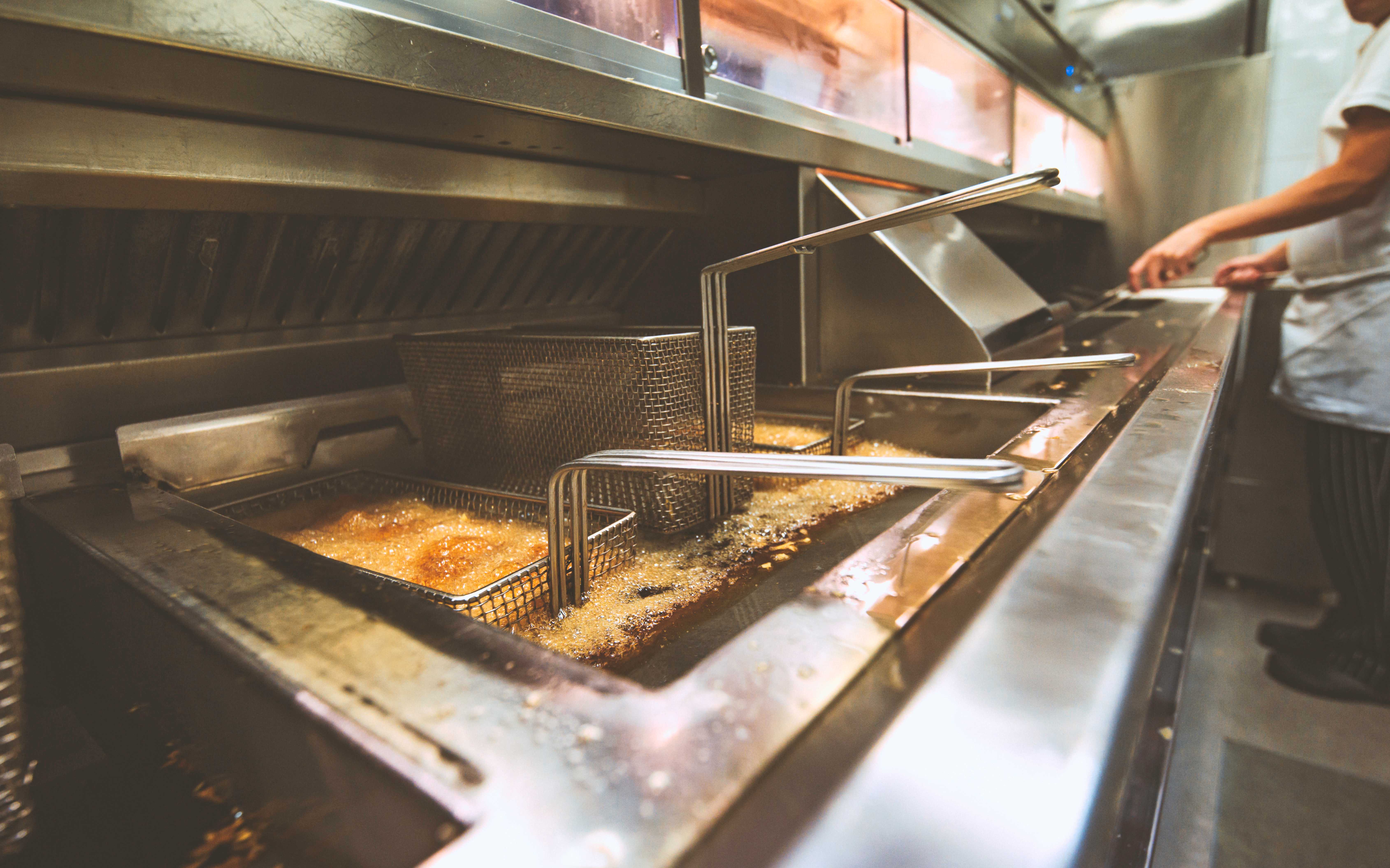Acrylamide has long been seen as a risk factor in some foods. It develops as a natural by-product in food whereby a chemical reaction occurs between amino acids and reducing sugars. Acrylamide in food happens when foods with high starch content such as bread, potatoes and root vegetables are fried, roasted or baked at a temperature of over 120°C.
Acrylamide in Food




